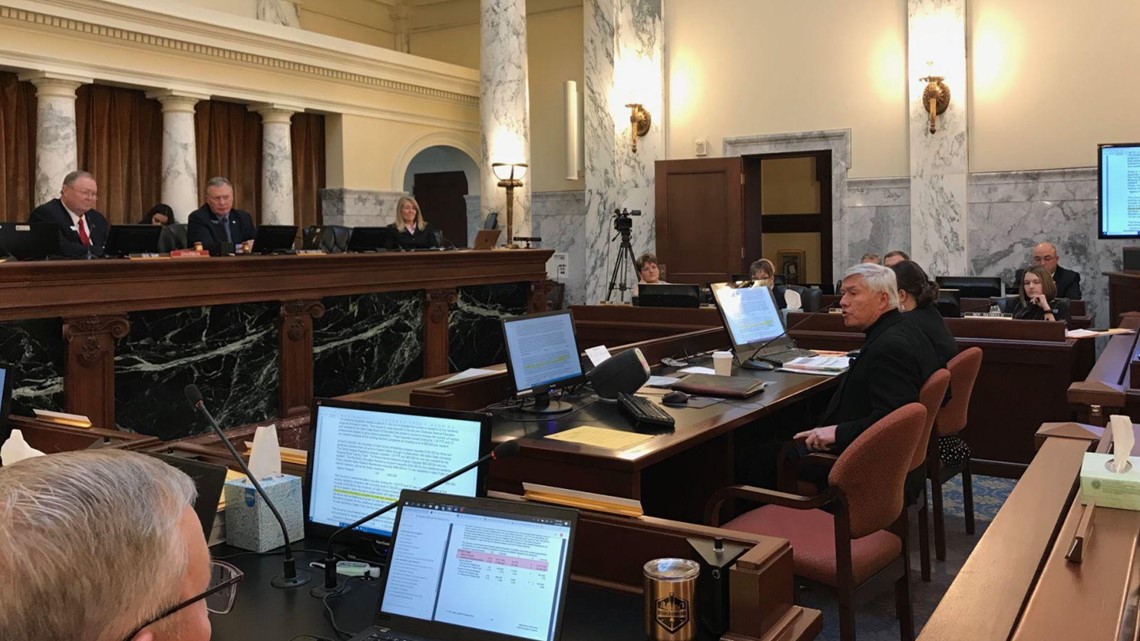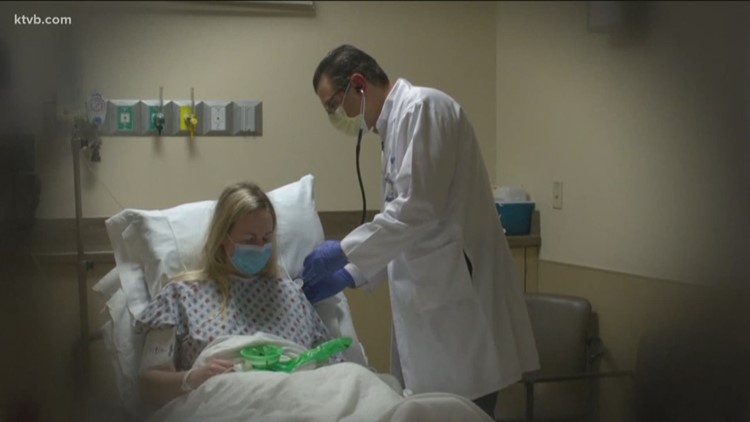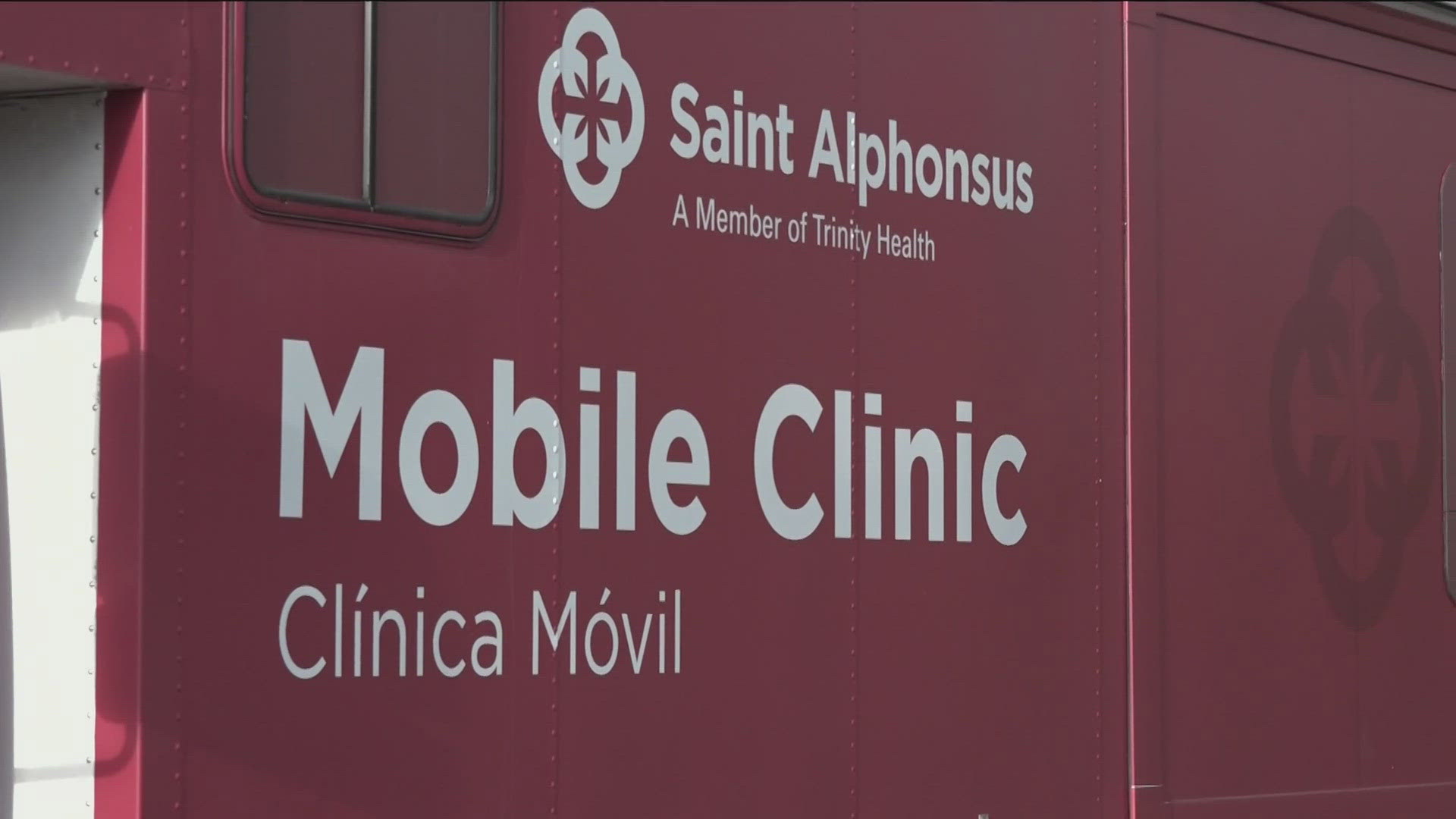BOISE, Idaho — Three years into an ambitious 10-year plan to reduce Idaho’s physician shortage by increasing residencies for newly trained doctors in the state, Idaho’s risen from 49th in the nation for primary care doctors per capita to 45th.
And for the number of graduate medical residents per capita, the state has moved from 49th to 47th, according to a report in the Idaho Press.
“Hey, I like that,” Dr. Ted Epperly told the Legislature’s joint budget committee at a budget hearing on Tuesday. “We’re moving in the right direction, and that’s what it takes to make change happen.”
For next year, Gov. Brad Little is recommending that the state add $1.25 million in state funding to medical residency programs, to add 25 new residents in eastern Idaho. That includes seven in psychiatry, one in the Rexburg Rural Training Track, one in the Boise Internal Medicine program, 10 in internal medicine in Idaho Falls and six in family medicine in Idaho Falls.
Epperly is the coordinator for the state’s Graduate Medical Education committee, which put together the statewide 10-year plan in consultation with the state Board of Education, all the medical schools in the region, all the residency programs, the Idaho Medical Association and the Idaho Hospital Association.


“As you all know, the way to get things done in Idaho is to work together,” Epperly told the Joint Finance-Appropriations Committee. “These new residents will be located in the communities of Rexburg, Idaho Falls, Pocatello and Boise. They will join the existing residency programs in place in Coeur d’Alene, Nampa, Caldwell, Twin Falls and Jerome.”
The 10-year plan envisions a public-private partnership in which the state would pay one-third of the costs of residency training, with hospitals, universities and other programs paying the other two-thirds; Idaho hasn’t yet reached that mark for state funding, but is working toward it.
When Idaho launched the plan, more than a quarter of the state’s physicians were over age 60 and set to reach retirement age within a decade, and the state lagged far below the national average for doctors per capita. The plan envisions Idaho moving up to 41st within 10 years, even with all the anticipated retirements, by more than doubling the number of residents and fellows training in the state.
To become a doctor, it takes four years of college, four years of medical school, and three to seven years of residency or fellowship, depending on specialty; that residency period is also referred to as graduate medical education.
New doctors tend to stay and practice in the location where they do their residency, with 50 to 75% following that path. That’s why Idaho’s plan to reduce its physician shortage focuses so heavily on graduate medical education, in locations distributed all around the state, including rural and under-served areas.
The 10-year plan would raise the number of residents and fellows training in Idaho from 134 to 357; Epperly said Idaho’s now up to 184.
The program suffered a blow in the past year when a residency program in Blackfoot, the Bingham Internal Medicine Residency Program, lost its accreditation; it had previously included 13 residents at the Idaho Physicians Clinic in Blackfoot.
Rep. Wendy Horman, R-Idaho Falls, asked Epperly about that.
“This is a rare incident,” he responded. The accreditation was pulled summarily; normally, such moves involve appeals and lengthy processes. “It tells me something happened internal to the program,” Epperly said. “I don’t know that, it’s not shared. We’ve talked with program directors and the institution about this. I’m not sure we’ll ever totally understand.
“We’re all disheartened and saddened by this,” Epperly said, adding that the remaining 12 programs are all in good standing for accreditation. The state committee has stepped up its monitoring of the accreditation status of all programs.
The number of residency programs in Idaho, which was at nine when the 10-year plan was launched, is now at 12, Epperly said; the target is 21 programs statewide.
More from our partner Idaho Press: Ball Ventures Ahlquist unveils plans for 114-acre development in Caldwell
Watch more 'Growing Idaho':
See them all in our YouTube playlist:



